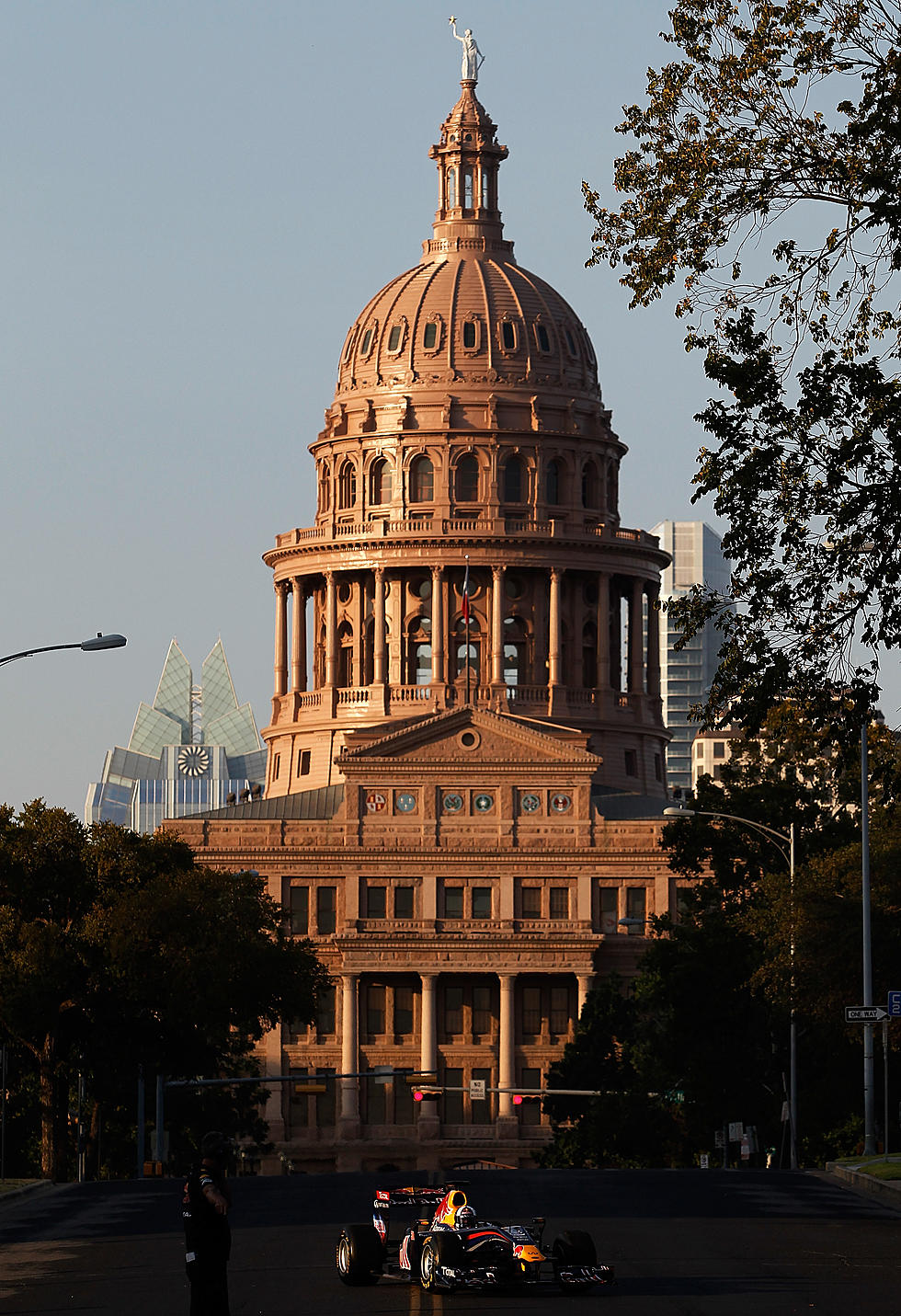Video – Will La Nina Pattern Result in Another Winter Freeze for Texas?

The February freeze and winter storm in the Lone Star state earlier this year caught a lot of us off guard, especially the Electric Reliability Council of Texas or ERCOT. We found out ERCOT wasn't all that "reliable."
Well, with winter coming next month could Texas see another freeze as we saw back in February.
Last winter, we experienced a La Nina weather pattern. La Nina happens when the Pacific Ocean experiences cooler than normal water temperatures near the equator this time of year. Typically, La Nina results in a drier fall/winter season for the state of Texas.
KXAN-TV in Austin spoke with Texas climatologist Dr. John Nielsen-Gammon who is considered an expert on La Nina. He told the station that despite the fact La Nina means warmer and drier weather for Texas, the winter freeze occurred due to an unrelated event. According to KXAN:
Dr. Nielsen-Gammon says the intrusion of Arctic air straight from the North Pole was caused by a “sudden stratospheric warming event,” which is completely unrelated to La Niña.
“The polar vortex that normally sits over the pole gets disrupted, breaks into two pieces,” Dr. Nielsen-Gammon said. “And, when that happens, it sort of throws off the weather around the hemisphere. And, some place or another is going to get something unusual — can’t really tell who it is going to be. This time, it turned out to be us.”
So, there you have it. La Nina was unrelated to the winter freeze in Texas. The story from KXAN goes into detail about the effects and trends of La Nina. I encourage you to read it if you have time. You can check out the story here.
So, with all this La Nina talk, it reminds me of the El Nino sketch the late Chris Farley did on SNL back in the 90s.
LOOK: The most expensive weather and climate disasters in recent decades
Lizzy Conquers Fears As She Towers Over Augustas Holiday Tree
More From 97.5 KGKL




![New York Jets Chris Owusu Shows Off Ridiculous Jumping Ability [VIDEO]](http://townsquare.media/site/472/files/2015/03/460873758-442x630.jpg?w=980&q=75)




